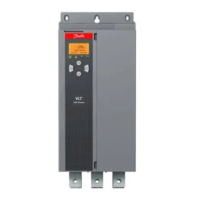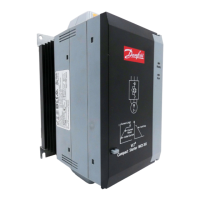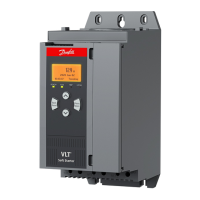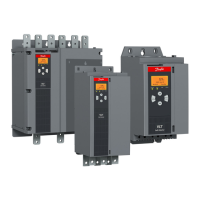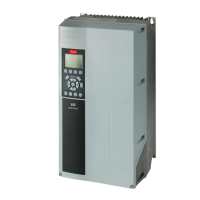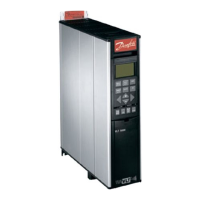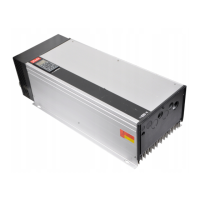42 | Danfoss Drives · DKDD.PB.551.A1.02
Thermal Model Protection: How is a motor thermal model
dierent from other forms of overload protection?
The motor thermal model used in MCD soft starters offers precise
motor protection normally only available from high-end motor
protection relays. The thermal model constantly models motor
temperature, based on information on the motor’s design
characteristics and actual operation. The thermal model accounts
for different heating and cooling rates when the motor is starting,
running or stopped. Accurate modelling allows the motor to be
used to its maximum potential without nuisance tripping.
The MCD 500 uses an advanced second order thermal
model, which models iron and copper losses separately.
This gives more precise modelling and provides greater
protection for the motor.
Compared with a motor thermal model, thermal overload relays
are less precise.
They do not account for iron loss or for different cooling rates at
different stages of motor operation, and cannot be adjusted to
match the characteristics of the individual motor because the mass
of the bimetal strips is fixed. The bimetal strips are also affected by
their own ambient temperature, which may be different from the
motor’s ambient temperature.
Thermal modelling is also superior to inverse time-current and
I2T electronic overloads, which do not account for iron loss or for
different cooling rates at different stages of motor operation. They
offer only limited adjustment and the trip curves do not closely
match motor heating. Inverse time-current protection also does
not allow for motor temperature before the overload.

